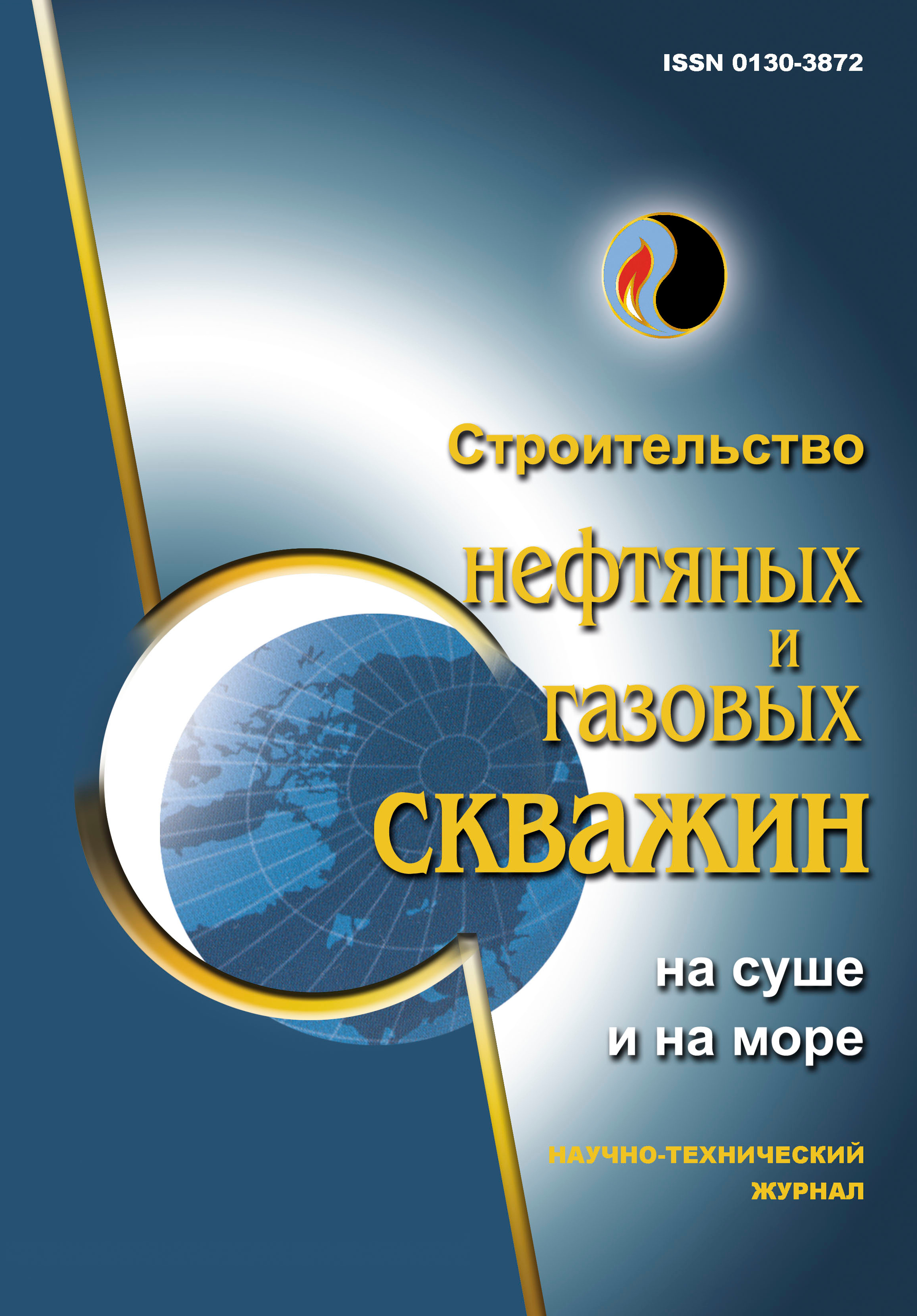A technology for cross testing of tubing using soluble balls
UDC: 622.276
DOI: -
Authors:
DINDARYANOV ARTUR R. 1
1,
KHAFIZOV AYRAT R. 2
2,
OVCHINNIKOV VASILY P. 3
3,
LEONTYEV DMITRY S. 3
3,
TUKHTAEV EVGENY A. 4
4
1 Bashneft-Polyus, Ufa, Russia
2 Ufa State Petroleum Technical University, Ufa, Russia
3 Tyumen Industrial University, Tyumen, Russia
4 Oil Service Garant, Samara, Russia
Keywords: tubing, loss of tightness, soluble ball, tubing string pressure testing, tubing defects
Annotation:
Tubing during wells operation is in a stress-strain state under the influence of variable loads, temperature and pressure changes. Being operated by a deepwell sucker rod pump (DSRP), additional wear of the tubing inner surface by the rods occurs. When carrying out tripping operations, tubing threaded connections are subjected to repeated screwing and unscrewing operations. All this inevitably leads to wear of tubing pipes and their subsequent failures, leading to accidents. To prevent them, pipes are periodically inspected and tested for leaks using the pressure testing method. There are various methods of tubing pressure testing, which have certain advantages and disadvantages: running down a pipe string with a check valve, with a plug, a knock-down valve, with a pressure test seat and the subsequent use of a pressure test insert with its removal, with a pressure test seat and the subsequent use of a soluble ball made of a composite material; use of a plug with a shear sleeve; geophysical methods for determining tubing tightness. Tubing pressure testing technology using a soluble ball was tested at the field named after. R. Trebs in 2023. Based on the test results, it was concluded that the use of soluble balls was successful. To reduce the time required to wait for the ball to dissolve, it is recommended to select the composition of the material taking into account the time of ball dissolution depending on the temperature in the well and the type of well fluid.
Bibliography:
1. Nasosno-kompressornye truby. Konstruktsiya, ekspluatatsiya, defekty, remont: ucheb. posobie / V.V. Shaydakov, V.U. Yamaliev, F.Sh. Zabirov [i dr.]; pod obshch. red. V.V. Shaydakova. – M.-Vologda: Infra-Inzheneriya, 2021. – 156 s.
2. Nazarov V.F., Mukhutdinov V.K. Kontrol' germetichnosti obsadnoy kolonny i NKT v nagnetatel'nykh skvazhinakh po izmereniyam kompleksnoy apparaturoy // Innovatsionnaya nauka. – 2015. – № 12-2. – S. 107–112.
3. Penner V.A., Al'zhanov S.D. Remont i kontrol' konicheskoy rez'by nasosno-kompressornykh trub, primenyaemykh pri dobyche nefti // Omskiy nauch. vestn. – 2013. – № 1(117). – S. 99–101.
4. Otchet po ispytaniyu na rastvorimost' obraztsov materiala rastvorimogo sedla mufty GRP ZKhB 200.27.00.000 / OKB Zenit. – Krasnoyarsk, 2017. – 12 s.
5. Protasov V.N., Makarenko A.V. O protsessakh, vyzyvayushchikh povrezhdeniya i otkazy nasosno-kompressornykh trub pri ekspluatatsii, i sootvetstvii normativno-tekhnicheskoy dokumentatsii, opredelyayushchey kachestvo etikh trub, ikh naznacheniyu // Territoriya Neftegaz. – 2007. – № 6. – S. 138–141.
6. Vyyavlenie negermetichnosti muftovykh soedineniy nasosno-kompressornykh trub, obsadnykh i tekhnicheskikh kolonn dlya skvazhin podzemnogo khranilishcha gaza v solyanykh kavernakh metodom spektral'noy shumometrii / A.M. Aslanyan, M.V. Volkov, S.V. Soroka [i dr.] // Georesursy. – 2016. – T. 18, № 3-1. – S. 186–190. – DOI: 10.18599/grs.18.3.7

